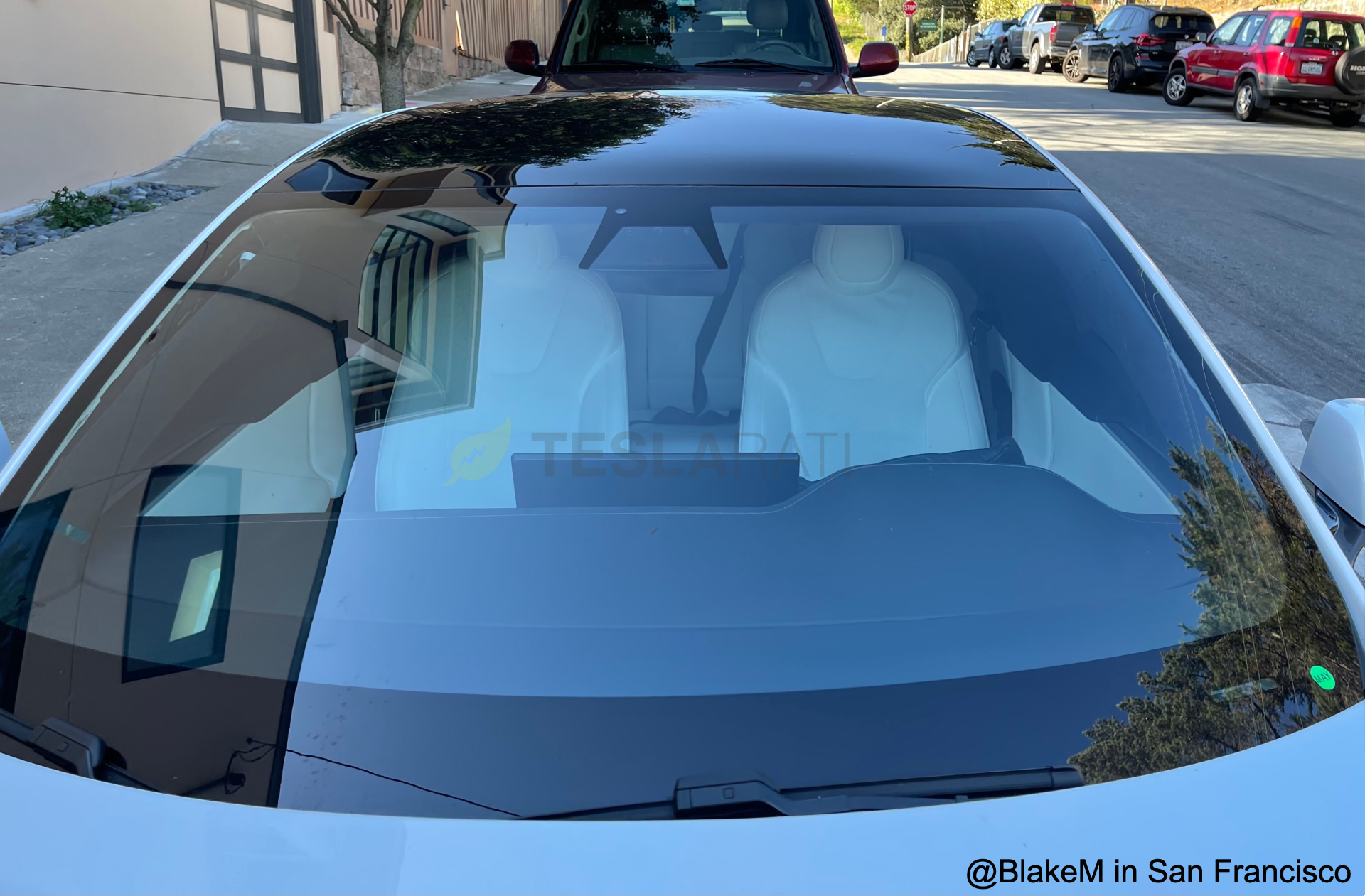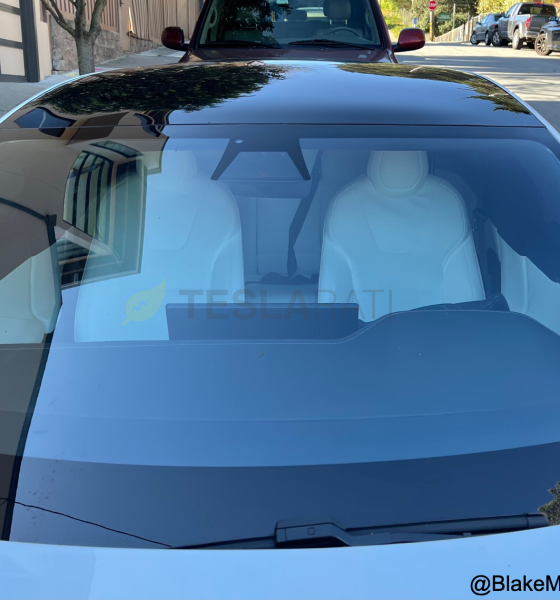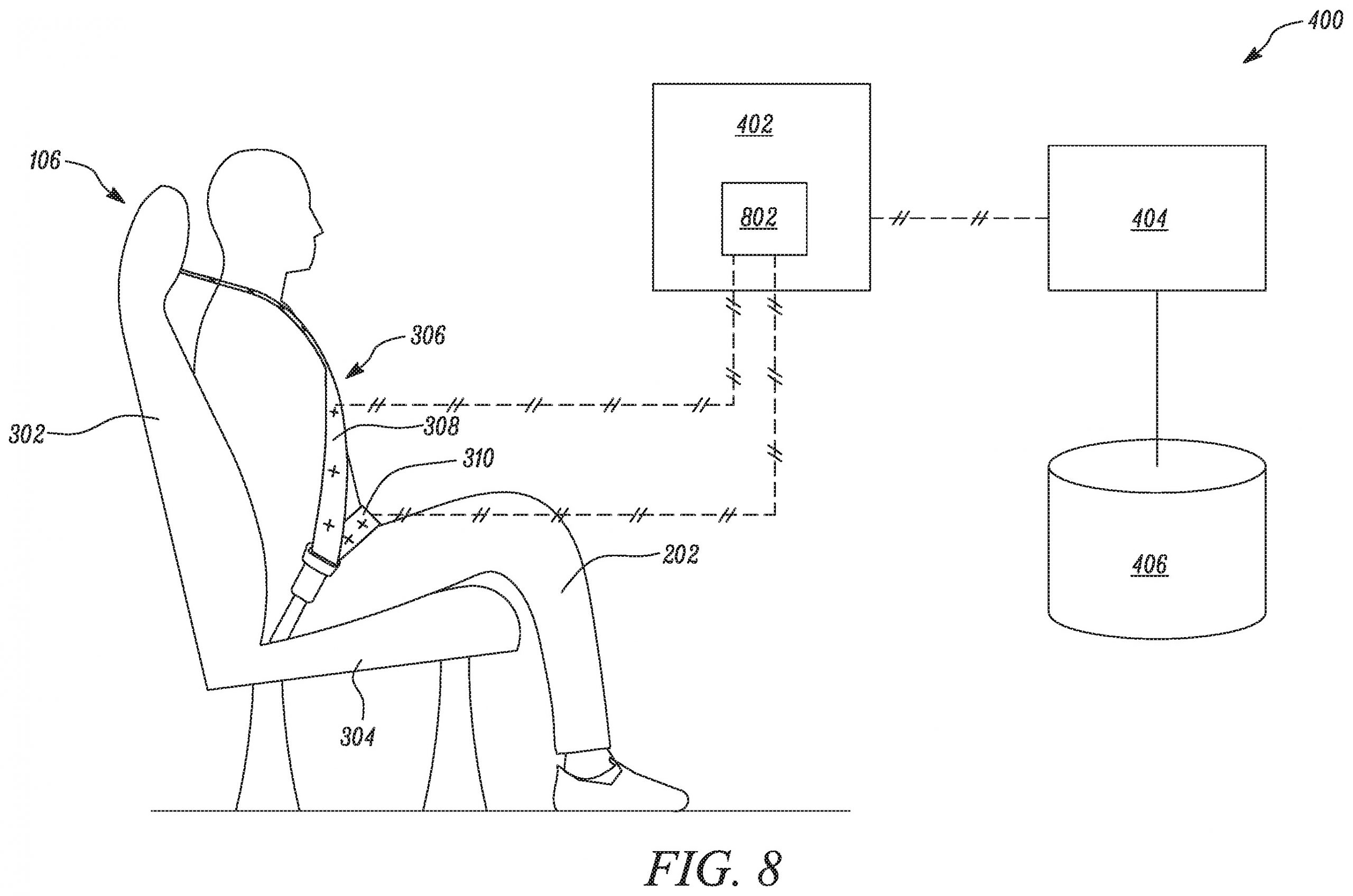

News
Tesla patent outlines system to actively monitor improper seatbelt use
Seatbelts have saved countless lives since they were introduced, especially after Swedish engineer Nils Bohlin invented the now-ubiquitous three-point seatbelt in 1958. Inasmuch as seatbelts are a proven safety system, however, it is still very easy to misuse them. One such example was demonstrated by Consumer Reports recently when the magazine decided to show exactly how drivers could trick Tesla’s Autopilot driver-monitoring systems.
In Consumer Reports‘ demonstration, the magazine’s testers tricked Tesla’s driver-monitoring system by buckling in the driver’s seatbelt without a person in the seat. After this, the magazine’s testers simply sat on top of the buckled seatbelt, effectively fooling the Model Y into thinking that its driver was wearing his seatbelt properly. Fortunately, it appears that Tesla is working on a way to prevent such tricks from happening. This was hinted at in a recently-granted patent that outlines a system that detects improper seatbelt use.

Published in 2019 and granted earlier this year, Tesla’s patent for “Improper Seatbelt Usage Detection” provides a good way for the company’s vehicles to accurately determine if its occupants are belted in properly. Tesla acknowledged the issue of drivers not wearing their seatbelts properly in the patent’s background.
“For safety-belt systems to be effective, seatbelts must be worn as intended. However, occupants do not always wear the seatbelts as intended. For example, occupants have been observed wearing the shoulder belt portion belt behind their backs, the shoulder belt portion under their arms, or hold another occupant on their lap. Current monitoring systems cannot determine whether an occupant is properly using a seatbelt. Thus, there is a need for a system that detects improper use of seatbelt,” Tesla wrote.
Tesla’s patent utilizes sensor modules to ensure that occupants are wearing their seatbelts correctly. These sensor modules could comprise more than one sensor, and they could be embedded within a vehicle’s seats. Some sensor modules also utilize inertial sensors or radio-frequency (RF) beacons, which would allow vehicles to determine if seatbelts are being used as designed. A controller that receives signals from the sensors and determines proper or improper seatbelt usage is also mentioned in the patent. This, as hinted at by Tesla’s illustrations in the patent, is extremely pertinent for vehicles that could operate without active human input.

In the patent’s discussion, Tesla notes that the system’s controller includes an associated memory that can store data regarding the vehicle’s use. This data includes occupant profiles, such as information on weight, height, and general posture, among others. What is rather remarkable is that Tesla’s patent is designed to detect even casual improper seatbelt use, such as when drivers place the shoulder belt under their arm, or when passengers hold a non-belted occupant on their lap. The EV maker outlined what happens in the vehicle if improper seatbelt use is determined.
“After determining improper usage of seatbelt 306, controller 404 may issue a warning, a notification, sound an alarm, or may even not allow to operate vehicle 100 until seatbelt 306 is used properly. A warning may be a text message displayed on display system of vehicle infotainment system, or an alarm sounding on vehicle infotainment system, a text message to registered mobile number of occupant, etc. Controller 404 may perform any other type of follow up actions as well to ensure proper usage of seatbelt 306 while driving vehicle 100. The present disclosure is not limited by any such follow up actions in any manner,” Tesla wrote.
With such systems in place, Tesla could highlight its place as the maker of the world’s safest vehicles. Teslas are already safe to begin with, thanks to their all-electric design that gives them a low center of gravity and generous crumple zones. But with a slew of systems such as Autopilot and improper seatbelt detection systems, perhaps it would not be long before professional auto testers like Consumer Reports can no longer trick Tesla’s safety features successfully.
Tesla’s patent for its improper seatbelt monitoring system could be accessed below.
Tesla Improper Seatbelt Usage Detection Patent by Simon Alvarez on Scribd
Don’t hesitate to contact us for news tips. Just send a message to tips@teslarati.com to give us a heads up.

Elon Musk
Starlink passes 9 million active customers just weeks after hitting 8 million
The milestone highlights the accelerating growth of Starlink, which has now been adding over 20,000 new users per day.

SpaceX’s Starlink satellite internet service has continued its rapid global expansion, surpassing 9 million active customers just weeks after crossing the 8 million mark.
The milestone highlights the accelerating growth of Starlink, which has now been adding over 20,000 new users per day.
9 million customers
In a post on X, SpaceX stated that Starlink now serves over 9 million active users across 155 countries, territories, and markets. The company reached 8 million customers in early November, meaning it added roughly 1 million subscribers in under seven weeks, or about 21,275 new users on average per day.
“Starlink is connecting more than 9M active customers with high-speed internet across 155 countries, territories, and many other markets,” Starlink wrote in a post on its official X account. SpaceX President Gwynne Shotwell also celebrated the milestone on X. “A huge thank you to all of our customers and congrats to the Starlink team for such an incredible product,” she wrote.
That growth rate reflects both rising demand for broadband in underserved regions and Starlink’s expanding satellite constellation, which now includes more than 9,000 low-Earth-orbit satellites designed to deliver high-speed, low-latency internet worldwide.
Starlink’s momentum
Starlink’s momentum has been building up. SpaceX reported 4.6 million Starlink customers in December 2024, followed by 7 million by August 2025, and 8 million customers in November. Independent data also suggests Starlink usage is rising sharply, with Cloudflare reporting that global web traffic from Starlink users more than doubled in 2025, as noted in an Insider report.
Starlink’s momentum is increasingly tied to SpaceX’s broader financial outlook. Elon Musk has said the satellite network is “by far” the company’s largest revenue driver, and reports suggest SpaceX may be positioning itself for an initial public offering as soon as next year, with valuations estimated as high as $1.5 trillion. Musk has also suggested in the past that Starlink could have its own IPO in the future.
News
NVIDIA Director of Robotics: Tesla FSD v14 is the first AI to pass the “Physical Turing Test”
After testing FSD v14, Fan stated that his experience with FSD felt magical at first, but it soon started to feel like a routine.

NVIDIA Director of Robotics Jim Fan has praised Tesla’s Full Self-Driving (Supervised) v14 as the first AI to pass what he described as a “Physical Turing Test.”
After testing FSD v14, Fan stated that his experience with FSD felt magical at first, but it soon started to feel like a routine. And just like smartphones today, removing it now would “actively hurt.”
Jim Fan’s hands-on FSD v14 impressions
Fan, a leading researcher in embodied AI who is currently solving Physical AI at NVIDIA and spearheading the company’s Project GR00T initiative, noted that he actually was late to the Tesla game. He was, however, one of the first to try out FSD v14.
“I was very late to own a Tesla but among the earliest to try out FSD v14. It’s perhaps the first time I experience an AI that passes the Physical Turing Test: after a long day at work, you press a button, lay back, and couldn’t tell if a neural net or a human drove you home,” Fan wrote in a post on X.
Fan added: “Despite knowing exactly how robot learning works, I still find it magical watching the steering wheel turn by itself. First it feels surreal, next it becomes routine. Then, like the smartphone, taking it away actively hurts. This is how humanity gets rewired and glued to god-like technologies.”
The Physical Turing Test
The original Turing Test was conceived by Alan Turing in 1950, and it was aimed at determining if a machine could exhibit behavior that is equivalent to or indistinguishable from a human. By focusing on text-based conversations, the original Turing Test set a high bar for natural language processing and machine learning.
This test has been passed by today’s large language models. However, the capability to converse in a humanlike manner is a completely different challenge from performing real-world problem-solving or physical interactions. Thus, Fan introduced the Physical Turing Test, which challenges AI systems to demonstrate intelligence through physical actions.
Based on Fan’s comments, Tesla has demonstrated these intelligent physical actions with FSD v14. Elon Musk agreed with the NVIDIA executive, stating in a post on X that with FSD v14, “you can sense the sentience maturing.” Musk also praised Tesla AI, calling it the best “real-world AI” today.
News
Tesla AI team burns the Christmas midnight oil by releasing FSD v14.2.2.1
The update was released just a day after FSD v14.2.2 started rolling out to customers.

Tesla is burning the midnight oil this Christmas, with the Tesla AI team quietly rolling out Full Self-Driving (Supervised) v14.2.2.1 just a day after FSD v14.2.2 started rolling out to customers.
Tesla owner shares insights on FSD v14.2.2.1
Longtime Tesla owner and FSD tester @BLKMDL3 shared some insights following several drives with FSD v14.2.2.1 in rainy Los Angeles conditions with standing water and faded lane lines. He reported zero steering hesitation or stutter, confident lane changes, and maneuvers executed with precision that evoked the performance of Tesla’s driverless Robotaxis in Austin.
Parking performance impressed, with most spots nailed perfectly, including tight, sharp turns, in single attempts without shaky steering. One minor offset happened only due to another vehicle that was parked over the line, which FSD accommodated by a few extra inches. In rain that typically erases road markings, FSD visualized lanes and turn lines better than humans, positioning itself flawlessly when entering new streets as well.
“Took it up a dark, wet, and twisty canyon road up and down the hill tonight and it went very well as to be expected. Stayed centered in the lane, kept speed well and gives a confidence inspiring steering feel where it handles these curvy roads better than the majority of human drivers,” the Tesla owner wrote in a post on X.
Tesla’s FSD v14.2.2 update
Just a day before FSD v14.2.2.1’s release, Tesla rolled out FSD v14.2.2, which was focused on smoother real-world performance, better obstacle awareness, and precise end-of-trip routing. According to the update’s release notes, FSD v14.2.2 upgrades the vision encoder neural network with higher resolution features, enhancing detection of emergency vehicles, road obstacles, and human gestures.
New Arrival Options also allowed users to select preferred drop-off styles, such as Parking Lot, Street, Driveway, Parking Garage, or Curbside, with the navigation pin automatically adjusting to the ideal spot. Other refinements include pulling over for emergency vehicles, real-time vision-based detours for blocked roads, improved gate and debris handling, and Speed Profiles for customized driving styles.








